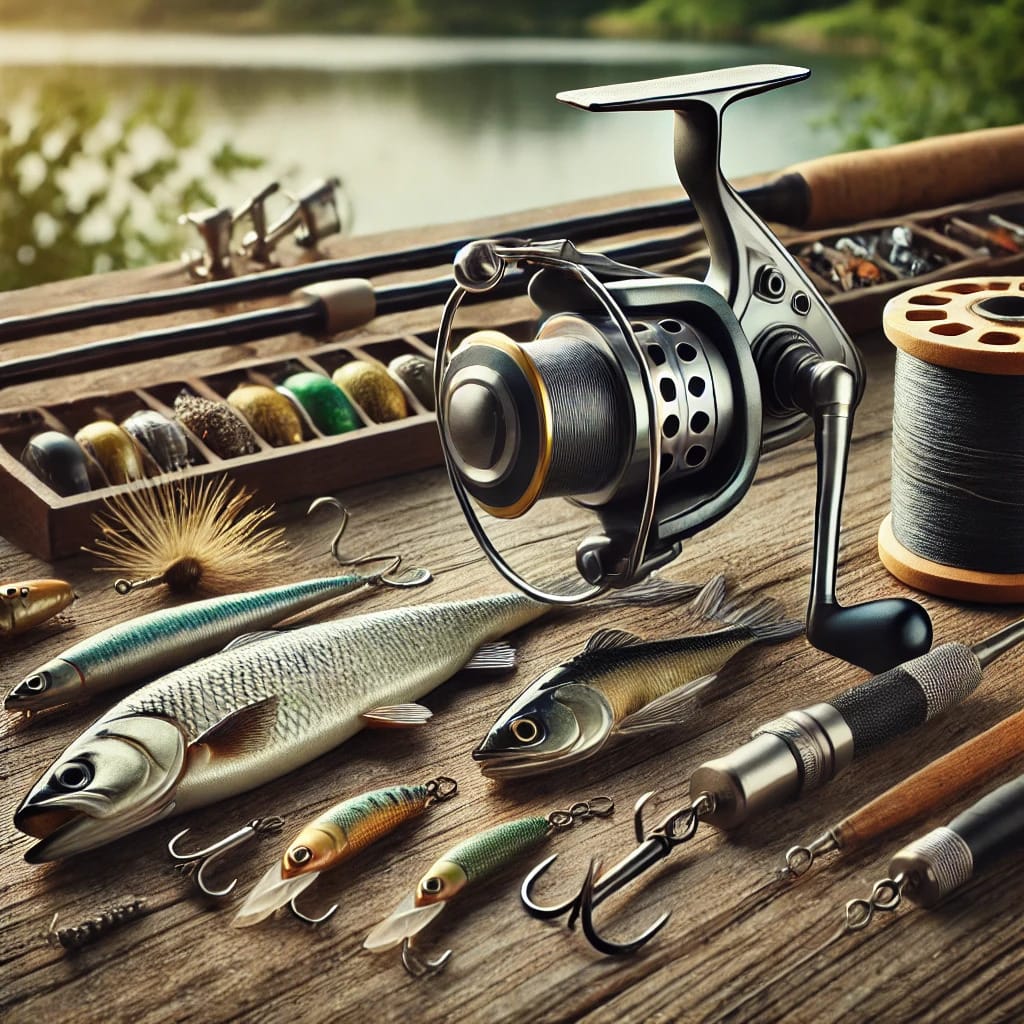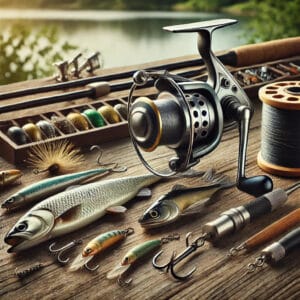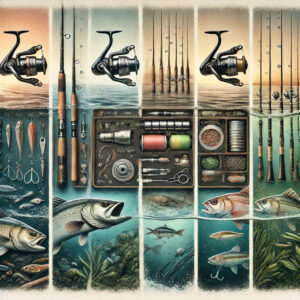Fishing is more than just a sport, it’s a tradition, a way to connect with nature, and for some, even a livelihood. I’ve been fishing for years, and one thing I’ve learned is that quality tackle makes all the difference. Investing in high-quality rods, reels, lines, and lures doesn’t just improve your chances of a successful catch; it can make the experience smoother, more enjoyable, and safer.
I’ll break down why quality fishing tackle is so important, covering the essential benefits and tips for selecting the right gear.
Why Quality Tackle Matters in Fishing
Using high-quality tackle has numerous benefits, from enhancing your experience on the water to increasing your catch rate.
Here are the primary reasons quality tackle is worth the investment:
- Improved Performance and Precision
High-quality tackle, like well-balanced rods and reels, offers superior control and precision. With better tackle, you’ll be able to cast farther, control your lure with accuracy, and feel even the slightest bite. This sensitivity is essential for effective fishing, especially when targeting cautious fish like trout or bass that might spook easily.
- Enhanced Durability and Longevity
High-end fishing tackle is built to last. Materials like carbon fiber, stainless steel, and titanium are more durable than cheaper materials, meaning your tackle can withstand rough conditions and frequent use. I’ve found that investing in quality tackle saves money in the long run since it doesn’t need frequent replacements.
- Better Fish Handling and Safety
Quality tackle is designed to handle larger fish safely, preventing breakage and reducing injury risk. Stronger rods and thicker lines mean less chance of snapping under pressure, helping you land bigger fish confidently. Safety is often overlooked, but using gear that won’t break under stress can prevent accidents on the water.
- Adaptability to Various Conditions
High-quality tackle is versatile and often built to work across different water conditions. For example, saltwater-rated tackle resists corrosion better, while freshwater tackle has components designed for low-resistance retrieval. Having a tackle that adapts to various conditions makes every fishing trip smoother and more enjoyable.
Key Components of High Quality Fishing Tackle
High-quality fishing tackle is crafted to perform exceptionally well in multiple conditions and across different fish species.
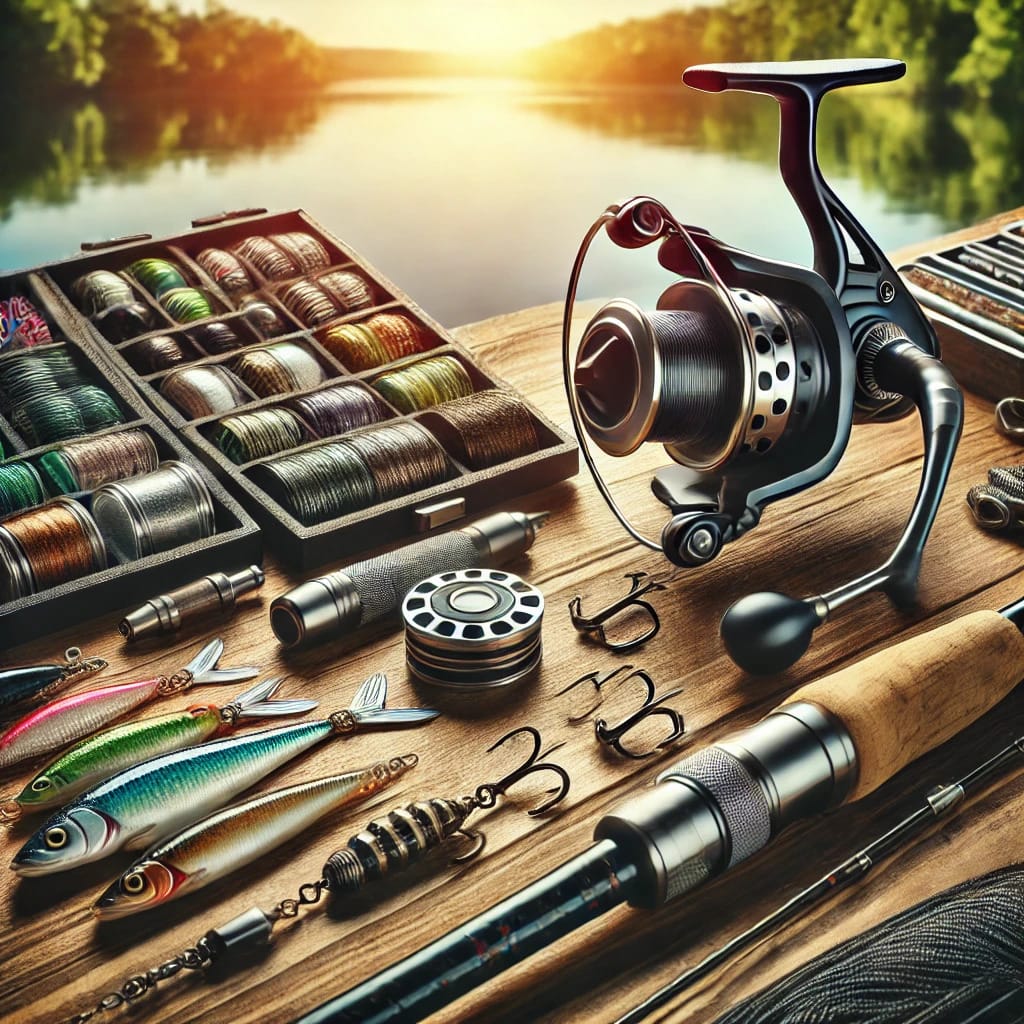
Let’s take a closer look at the essential components that benefit from quality:
Fishing Rods and Reels
Rods and reels are the backbone of any fishing setup, and quality here is crucial. Premium rods are made from materials like graphite or carbon fiber, which make them lightweight, strong, and sensitive to fish movements. Quality reels, often made with stainless steel or anodized aluminum, are smoother to operate and offer greater drag control.
- Graphite Rods: Lightweight and sensitive, ideal for feeling subtle bites.
- Carbon Fiber Rods: Extremely durable, capable of handling large fish with ease.
- Stainless Steel Reels: Corrosion-resistant and smooth, suitable for saltwater environments.
A good rod and reel combo can significantly improve casting accuracy and retrieve speed, enhancing your control over the bait and improving your overall experience.
Fishing Line
The line is what connects you to the fish, and its quality directly impacts your catch rate. High-quality lines like braided and fluorocarbon lines offer better strength, durability, and abrasion resistance.
- Braided Line: Strong and sensitive, ideal for heavy cover and large fish.
- Fluorocarbon Line: Invisible underwater, great for clear water fishing.
Choosing the right line for the environment and fish you’re targeting is essential, as a weak or inappropriate line can easily break, losing you the catch.
Hooks and Lures
Hooks and lures are essential tools for attracting and securing fish. Quality hooks are stronger and less likely to bend or break, while well-crafted lures provide realistic movement that entices fish more effectively.
- High-Carbon Steel Hooks: Known for durability, reducing the risk of breakage.
- Realistic Lures: Quality lures are designed to mimic real prey with precision, increasing the chance of attracting fish.
Investing in reliable hooks and lures means fewer lost fish and better results in different water conditions.
Accessories: Sinkers, Bobbers, and Terminal Tackle
Small but significant, quality accessories can make a difference in fishing success. Sinkers, bobbers, and other terminal tackle made with durable materials perform consistently, allowing you to focus more on the fishing experience and less on replacing parts.
How Quality Tackle Impacts Different Types of Fishing
Different fishing environments and techniques require specific tackle features.
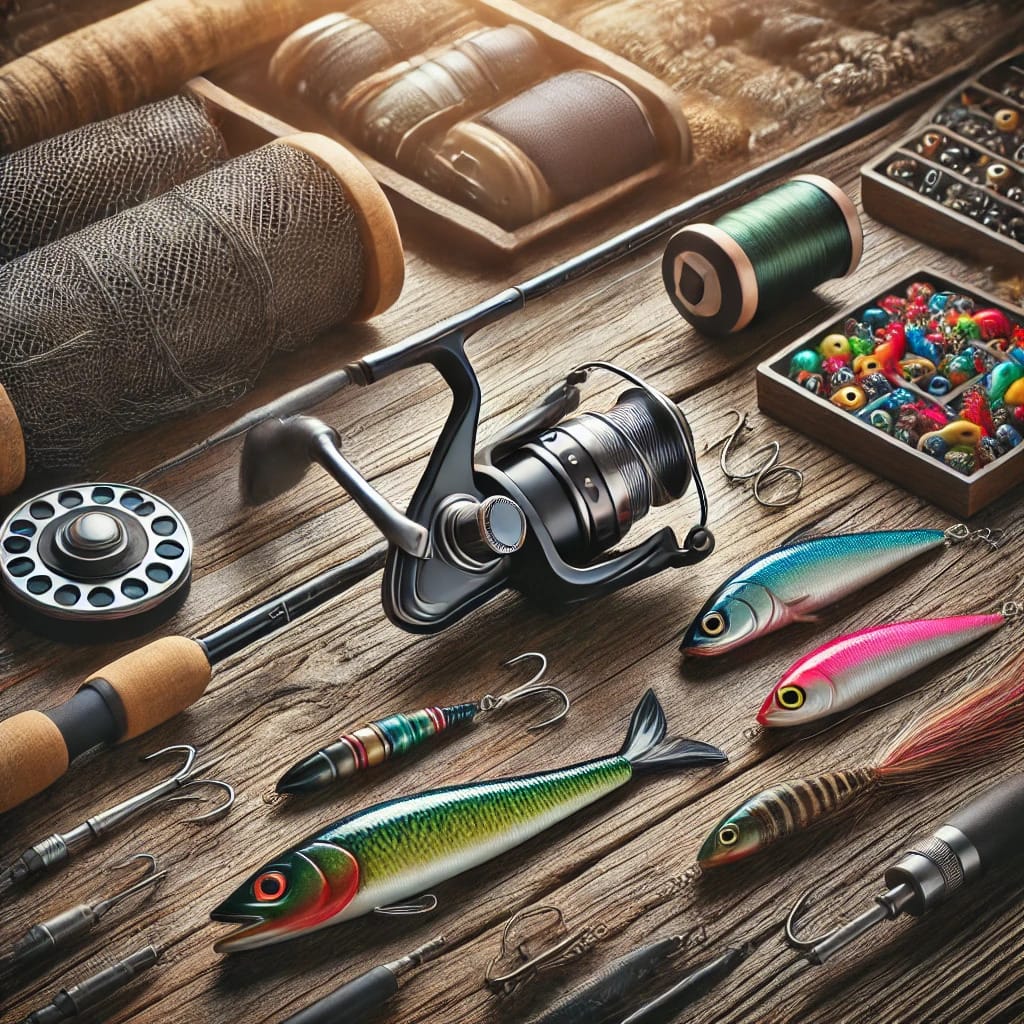
Here’s how quality tackle impacts various fishing types:
1. Freshwater Fishing
In freshwater fishing, where fish like bass, trout, and crappie are common, quality tackle improves the precision of your cast and retrieval. A sensitive rod and light line can make a huge difference when fishing for species that require finesse. High-quality lures and hooks are also essential, as they can handle the subtle bites typical in freshwater settings.
2. Saltwater Fishing
Saltwater fishing requires tackle that can handle large, aggressive fish and withstand saltwater corrosion. I use saltwater-rated reels and rods made of corrosion-resistant materials, ensuring that they won’t degrade quickly. Quality tackle also enables me to fight bigger fish without worrying about equipment failure.
3. Fly Fishing
Fly fishing requires a specialized, lightweight setup. Quality fly rods and reels are designed for precision casting, essential for landing flies gently on the water’s surface. Using high-quality, delicate lines and realistic fly lures helps attract trout and other species without spooking them.
4. Ice Fishing
For ice fishing, durability is essential as the gear must withstand freezing temperatures. Quality ice rods and heavy-duty lines are better suited to cold conditions and the slow, methodical retrievals common in ice fishing. Using reliable tackle ensures that your gear performs well even when exposed to ice and snow.
How to Choose Quality Fishing Tackle
Choosing quality tackle involves considering materials, craftsmanship, and compatibility with your fishing style.
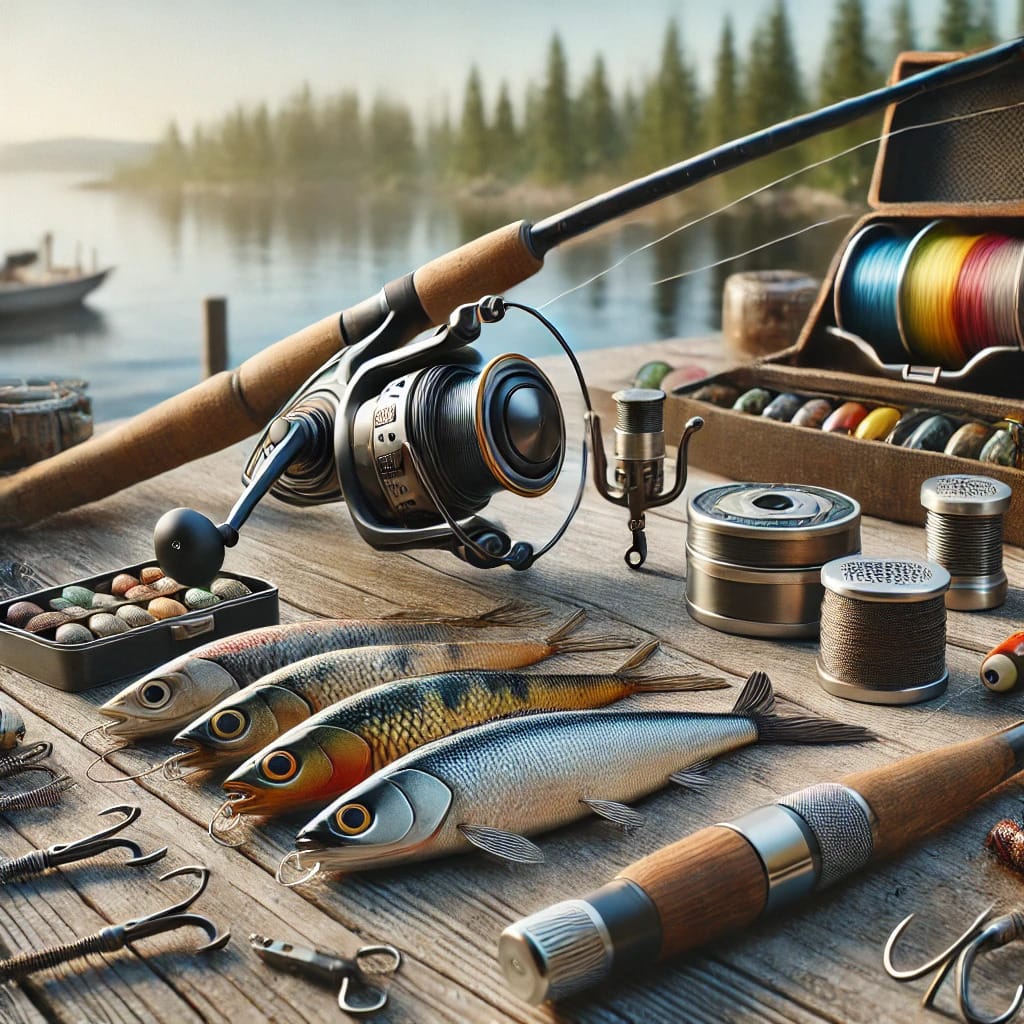
Here’s what to look for:
- Material and Durability
Look for rods made from graphite or carbon fiber and reels with stainless steel or aluminum components. These materials are both lightweight and strong, providing the durability needed for multiple fishing environments.
- Brand Reputation and Reviews
Brands like Shimano, Penn, and Daiwa have earned their reputation for producing quality fishing gear. Reading reviews and checking for warranties can give you insight into the reliability of tackle before purchasing.
- Match to Your Target Species and Environment
Choose tackle that’s compatible with the type of fish and environment you’ll be fishing in. For instance, if you frequently fish in saltwater, invest in corrosion-resistant tackle. If you’re targeting large freshwater fish, a heavy-duty rod and reel are essential.
- Test for Comfort and Balance
Try out different rods and reels in-store if possible. A well-balanced, comfortable setup reduces strain and enhances your control on the water.
Cost vs. Value: Investing in Quality Tackle
When considering fishing tackle, it is essential to evaluate the relationship between cost and value. While budget options may seem appealing due to their lower price points, they often lack the durability and performance needed for a successful fishing experience. Quality tackle in fishing is typically constructed from superior materials, ensuring reliability and longevity, which is particularly important for avid anglers.
One common misconception is that expensive tackle is not worth the investment. However, purchasing high-quality fishing tackle tends to yield long-term benefits that can significantly outweigh the initial cost. For instance, a high-quality rod and reel will deliver better casting performance, greater sensitivity to bites, and improved durability, reducing the frequency of replacements. This not only enhances the fishing experience but can also improve catch rates, which is invaluable for both hobbyists and serious anglers alike.
When evaluating tackle options, it is crucial to consider the total cost of ownership over time. Investing in quality tackle can lead to decreased expenses associated with frequent replacements or repairs. For example, a robust fishing rod may come at a higher price, but its extended lifespan makes it a more economical option compared to cheaper, less durable alternatives that require regular replacements. Additionally, investing in quality tackle often leads to less frustration on the water and improved overall satisfaction.
In the realm of fishing, quality tackle can enhance performance and boost confidence while fishing in various environments. The importance of balancing cost and value cannot be overstated, as making informed choices about tackle will ultimately lead to a more rewarding fishing experience, making it worthwhile to invest in high-quality options that stand the test of time.
My Friends Story After Using Quality Fishing Tackle
Many anglers can attest to the transformative power of investing in quality tackle in fishing. One such angler, My Friend Michael Harrington, shares his experience of switching from subpar equipment to high-quality fishing tackle. For years, Michael struggled to catch fish in a local reservoir. His frustration grew as he watched other fishermen with better gear consistently reel in catches. After learning about the importance of quality tackle in fishing, he decided to upgrade. The result was astonishing; he began to catch species he had never encountered before, including bass and trout, simply because his new tackle offered improved sensitivity and durability. This allowed him to detect even the subtlest bites.
My Another Seasoned angler Laura Jenkins elaborates on her experiences during competitive fishing events. For her, having a reliable fishing tackle is non-negotiable. She recounts a crucial tournament where her decision to use premium quality tackle made a significant difference. While competitors struggled with equipment failures due to wear and tear, Laura’s high-grade rods and reels performed flawlessly, allowing her to focus on her technique rather than her gear. As a result, she secured a top position in the tournament, underscoring how essential quality tackle can be in achieving success.
These narratives highlight the considerable impact that quality tackle can have on fishing outcomes. From enhancing performance to boosting confidence while on the water, quality equipment helps anglers tackle challenges more effectively. It is evident from these testimonials that investing in professional-grade fishing tackle not only improves catch rates but also enriches the fishing experience, enabling anglers to engage more thoroughly with the sport and nature alike.
Final Verdict
Quality fishing tackle is an investment that can transform your fishing experience. From durability and performance to adaptability across various conditions, high-quality tackle provides advantages that go beyond mere aesthetics.
I’ve found that by choosing the right rods, reels, lines, and lures, I can improve my angling precision, handle bigger fish, and enjoy more time on the water without worrying about equipment failure. Whether you’re a seasoned angler or just starting, investing in quality tackle is one of the best steps you can take to elevate your fishing adventures.
Some Related Question
Q1. Why is high-quality tackle more expensive than regular tackle?
High-quality tackle is often made from premium materials like graphite, carbon fiber, and stainless steel, which are more durable and resistant to wear. This investment pays off over time, as the gear lasts longer and performs better than cheaper alternatives.
Q2. Can I use freshwater tackle in saltwater?
While it’s possible, freshwater tackle is likely to corrode in saltwater environments. Saltwater-rated tackle is built with materials resistant to corrosion, so if you plan to fish in saltwater frequently, investing in saltwater tackle is a wise choice.
Q3. How can I tell if a lure is high quality?
High-quality lures are usually crafted with durable materials, vibrant colors, and realistic patterns. Brands known for producing reliable lures often include detailed product descriptions about how the lure mimics real prey, which can help in identifying quality.
Q4. How do I maintain my fishing tackle for longevity?
Rinse your tackle with fresh water after each use, especially if you’ve been fishing in saltwater. Regularly check for signs of wear, lubricate moving parts on reels, and store tackle in a cool, dry place to prevent corrosion and damage.
